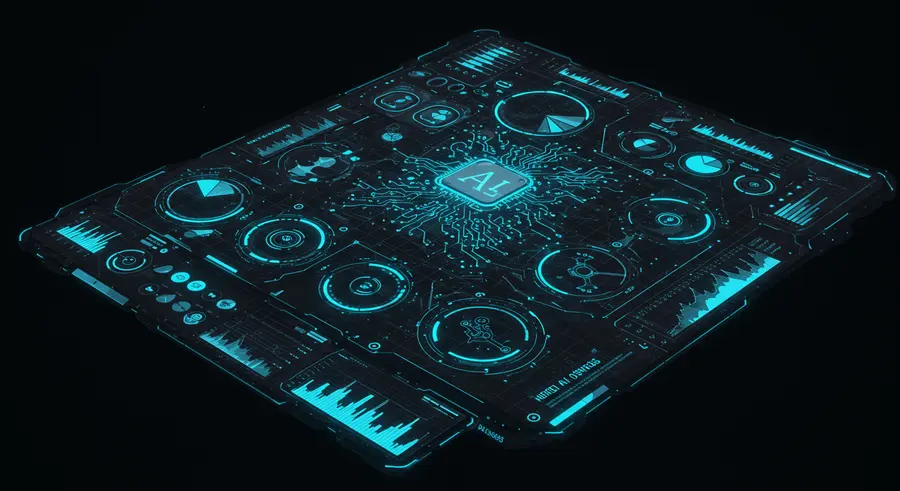Leveraging AI for Predictive Analytics in Design Systems

In the dynamic world of UI/UX design, staying ahead means not just reacting to user behavior but anticipating it. This is where Artificial Intelligence, particularly in the realm of predictive analytics, becomes a powerful ally for design systems. By harnessing the power of data, AI can offer unprecedented insights, guiding designers and developers to create more intuitive, efficient, and user-centric interfaces.
The Evolution of Design Systems with Predictive AI
Traditionally, design systems provide a foundation of reusable components and guidelines, ensuring consistency and accelerating development. However, the integration of predictive AI elevates this foundation into a proactive ecosystem. Instead of merely standardizing existing patterns, AI can analyze vast datasets of user interactions, A/B test results, and market trends to forecast future design needs and optimize current elements.
Imagine a design system that can suggest optimal button sizes based on historical click-through rates for different user segments, or predict which color palette will resonate most with a specific demographic given current market sentiment. This kind of intelligence transforms design from an iterative process of trial and error into a more precise, data-driven science.
Key Applications of Predictive Analytics in Design
- User Behavior Forecasting: AI models can predict how users will interact with new features or design changes before they are even implemented. This allows teams to refine designs early, reducing costly revisions post-launch.
- Personalized Experiences: By analyzing individual user data, AI can recommend component variations or layout adjustments that cater to specific user preferences, leading to highly personalized and engaging experiences. This is especially relevant in sectors like finance, where personalized insights can significantly enhance user engagement. For those interested in understanding how AI can revolutionize financial analysis and personal portfolio management, explore the tools available at pomegra.
- Component Optimization: Predictive analytics can identify underperforming UI components and suggest improvements. For example, if a particular form field consistently leads to high abandonment rates, AI can propose alternative designs or simpler interaction flows.
- Trend Prediction: Staying current with design trends is crucial. AI can analyze emerging aesthetic preferences, popular interaction patterns, and technological advancements to keep the design system fresh and relevant.
Implementing Predictive AI in Your Design System
Integrating predictive AI requires a strategic approach. It begins with robust data collection – logging every user interaction, every design choice, and every performance metric. This data then feeds into machine learning models, which are trained to identify patterns and make predictions. Key steps include:
- Data Infrastructure: Establish a reliable system for collecting and storing granular user interaction data, A/B test results, and performance metrics.
- Model Training: Develop and train machine learning models using historical data. These models will learn to predict outcomes based on various design parameters and user contexts.
- Integration with Design Tools: Build connectors or plugins that allow designers to access AI-driven insights directly within their design software (e.g., Figma, Sketch).
- Continuous Learning: Predictive models are not static. They must be continuously fed with new data and retrained to adapt to evolving user behaviors and market dynamics.
Challenges and the Road Ahead
While the potential of predictive AI in design systems is immense, challenges exist. Data privacy, the need for high-quality and diverse datasets, and the ethical implications of AI-driven design decisions must be carefully considered. Designers and AI specialists must collaborate closely to ensure that technology serves human creativity and ethical principles.
The future of design systems is intelligent, adaptive, and predictive. By embracing AI, design teams can move beyond reactive problem-solving to proactive innovation, crafting experiences that not only meet current user needs but anticipate future desires. This evolution promises to make UI/UX design more efficient, effective, and profoundly impactful.